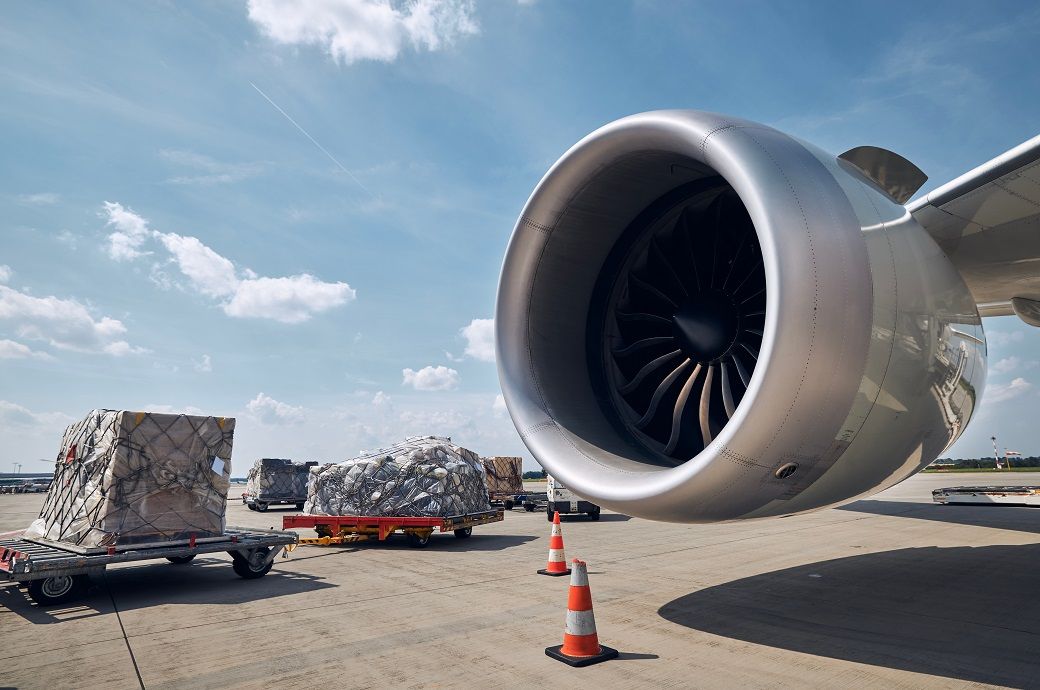
In contrast, capacity, as represented by available cargo tonne-kilometres (ACTKs), surged by 14.5 per cent, primarily due to the increase in belly capacity driven by recovering passenger business demand. The current capacity now exceeds pre-pandemic levels by 5.9 per cent.
Key market indicators pointed to a global economic downturn. The global manufacturing purchasing managers’ index (PMI) displayed an annual contraction of 1.4 per cent in new export orders and a decrease of 5.2 per cent year-on-year (YoY) in production PMI, indicating a slowdown in global manufacturing demand. Global goods trade declined by 0.8 per cent in April, with air cargo demand weakening by 6.3 per cent YoY due to macroeconomic challenges and supply chain constraints, as per IATA.
However, there is some relief for supply chains as the global supplier delivery time PMI increased to 54.5 in May, up from 35 in October 2021, signifying shorter delivery times. This could be an indication of decreasing global goods trade demand.
The Asia-Pacific region witnessed a 3.3 per cent decrease in air cargo volumes in May 2023 compared to the same month in 2022. North American carriers performed the weakest, with an 8.1 per cent decrease in cargo volumes. European carriers saw a 6.7 per cent drop in cargo volumes. Middle Eastern carriers experienced a 3.1 per cent YoY decrease in cargo volumes.
Latin American carriers were the only ones to report a positive performance, posting a 3.6 per cent increase in cargo volumes compared to May 2022. African airlines, however, experienced a 2.4 per cent decrease in demand compared to May 2022, possibly influenced by the conflict in Sudan.
Fibre2Fashion News Desk (DP)